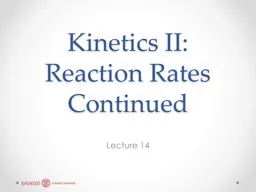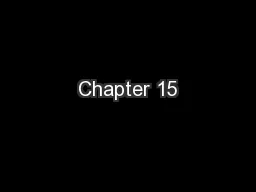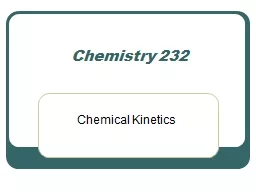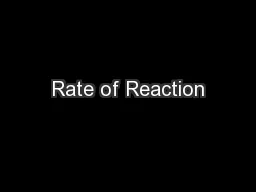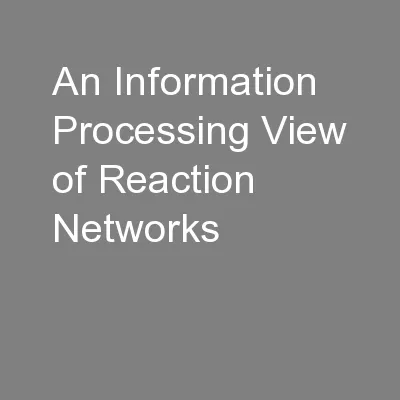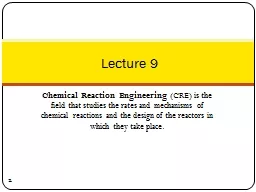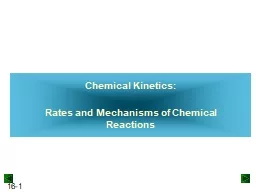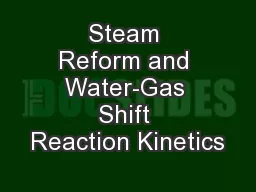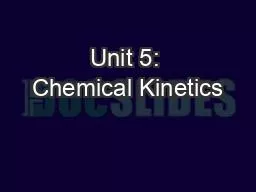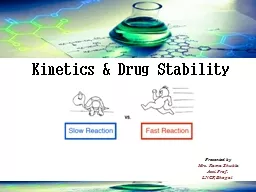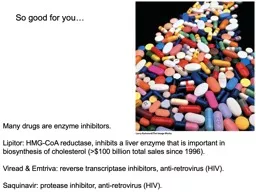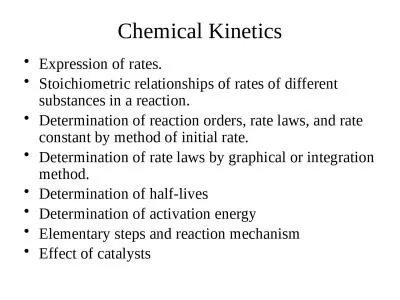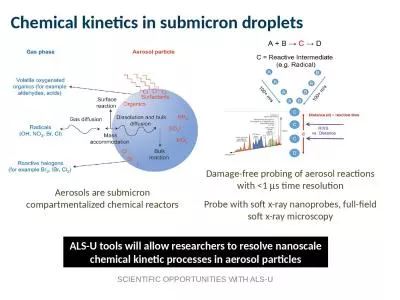PPT-Kinetics II: Reaction Rates Continued
Author : tatiana-dople | Published Date : 2018-03-06
Lecture 14 Reaction Rates Recall that we defined the rate of reaction as the rate of production of the products or equivalently the rate of consumption of the reactants
Presentation Embed Code
Download Presentation
Download Presentation The PPT/PDF document "Kinetics II: Reaction Rates Continued" is the property of its rightful owner. Permission is granted to download and print the materials on this website for personal, non-commercial use only, and to display it on your personal computer provided you do not modify the materials and that you retain all copyright notices contained in the materials. By downloading content from our website, you accept the terms of this agreement.
Kinetics II: Reaction Rates Continued: Transcript
Download Rules Of Document
"Kinetics II: Reaction Rates Continued"The content belongs to its owner. You may download and print it for personal use, without modification, and keep all copyright notices. By downloading, you agree to these terms.
Related Documents

